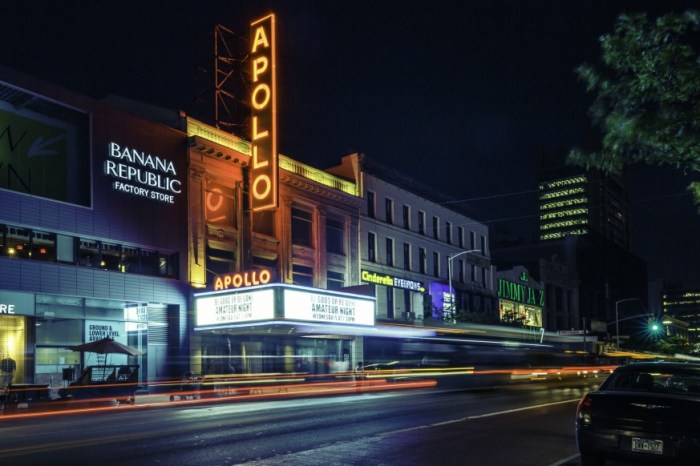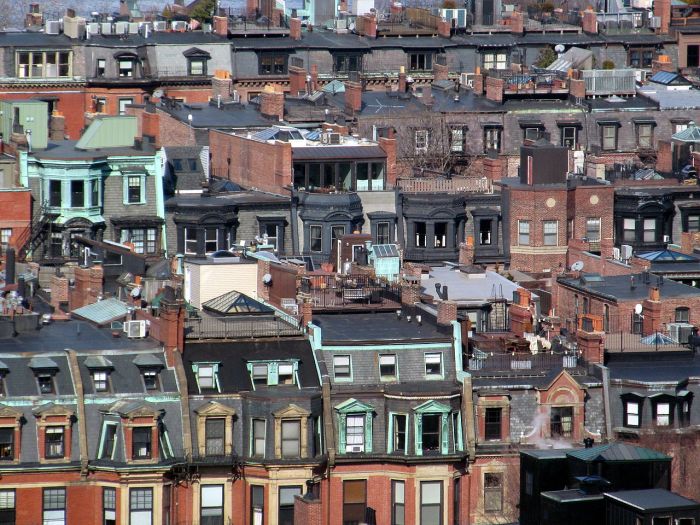When Ed Hamilton walks along the Highline on Manhattan’s far west side, he sees the sweeping growth and tourists, but also the old New York that’s been left behind. Hamilton, who has lived at the Chelsea Hotel since the 1990s and fought eviction when new owners took over the historic structure, is the author of the new book, “The Chintz Age: Tales of Love and Loss for a New New York.” The book was published by Cervena Barva Press earlier this month. A search for books on gentrification turns up a whole slew of nonfiction titles about the changing faces of American cities. Hamilton said he instead turned to fiction out of the frustration of fighting for the hotel, and his previous book, “Legends of the Chelsea Hotel,” came out during that time. “I couldn’t really understand us why people wouldn’t join us in that fight, and let that unique and beautiful institution be destroyed like that without defending their way of life,” Hamilton said of the hotel, which has been home to legendary writers and creative types. “But I felt like I was too angry and too close to the action. And with fiction, I could look at the motives of people, ask questions of what they were trying to do and the questions they were struggling with inside themselves — do I fight, or give in or what. I wanted to look at the struggle and find out what was going on with these people … and tell a larger truth, even though its fiction.” RELATED: What’s so funny about gentrification? Brooklyn’s Jay Custo has the answer A 2014 report by City Comptroller Scott Stringer found that median rents in New York City rose by 75 percent in New York City between 2000 and 2012, compared to 44 percent in the rest of the U.S. In the Chelsea, Clinton and Midtown neighborhoods, there were 25,770 households earning more than $100,000 a year in 2000 (in 2012 dollars), and 36,461 by 2012. The series of stories in the book include an aging artist who finds a former comrade from their squatting days rifling through her garbage on Thanksgiving, an aging bookseller pushed out of his East Village storefront and the paranoia that comes from passersby seemingly peering into the apartment windows along the Highline. “It’s not bad, I guess, but you keep getting walled in and walled in more and there’s not really a view,” Hamilton said of the new park, which was an abandoned rail bridge until being revitalized. Hamilton said he was critical of the Highline in the planning stages, when everyone was “on the bandwagon and ‘rah rah.’”
“One of the things I predicted was it would just be a development giveaway and all the towers would rise everywhere,” Hamilton said as construction work clanks around him, and 10 cranes are visible from the northern tip of the old rail line. “Hells Kitchen used to be a working class neighborhood.” RELATED: New photo exhibit celebrates Bronx small businesses, gentrification fears Hamilton, however, wants to make sure he’s not following the waxed-poetic old New York trope.
“Developers and people like that say to me, you want to return to when junkies were lying dead in the streets and the streets were filled with garbage and stuff, but there’s got to be a middle ground,” Hamilton said. “Of course it’s great there’s not so much crime anymore, but if the price of that is New York City is a shopping mall and you’ve got to have your income checked in order to get in, there has to be some sort of middle ground.” “We just can’t sit around bemoaning the lost past, my book is kind of like a prayer for people to look within themselves and seize the resources to move on into the future, however it’s going to be — a future of glass and steel towers or shopping malls or whatever, we still need people who are artists and writers and journalists to be the conscience of this new world, whatever it’s going to turn out to be.” RELATED: Historic High Bridge re-opens, connecting the Bronx and Manhattan























